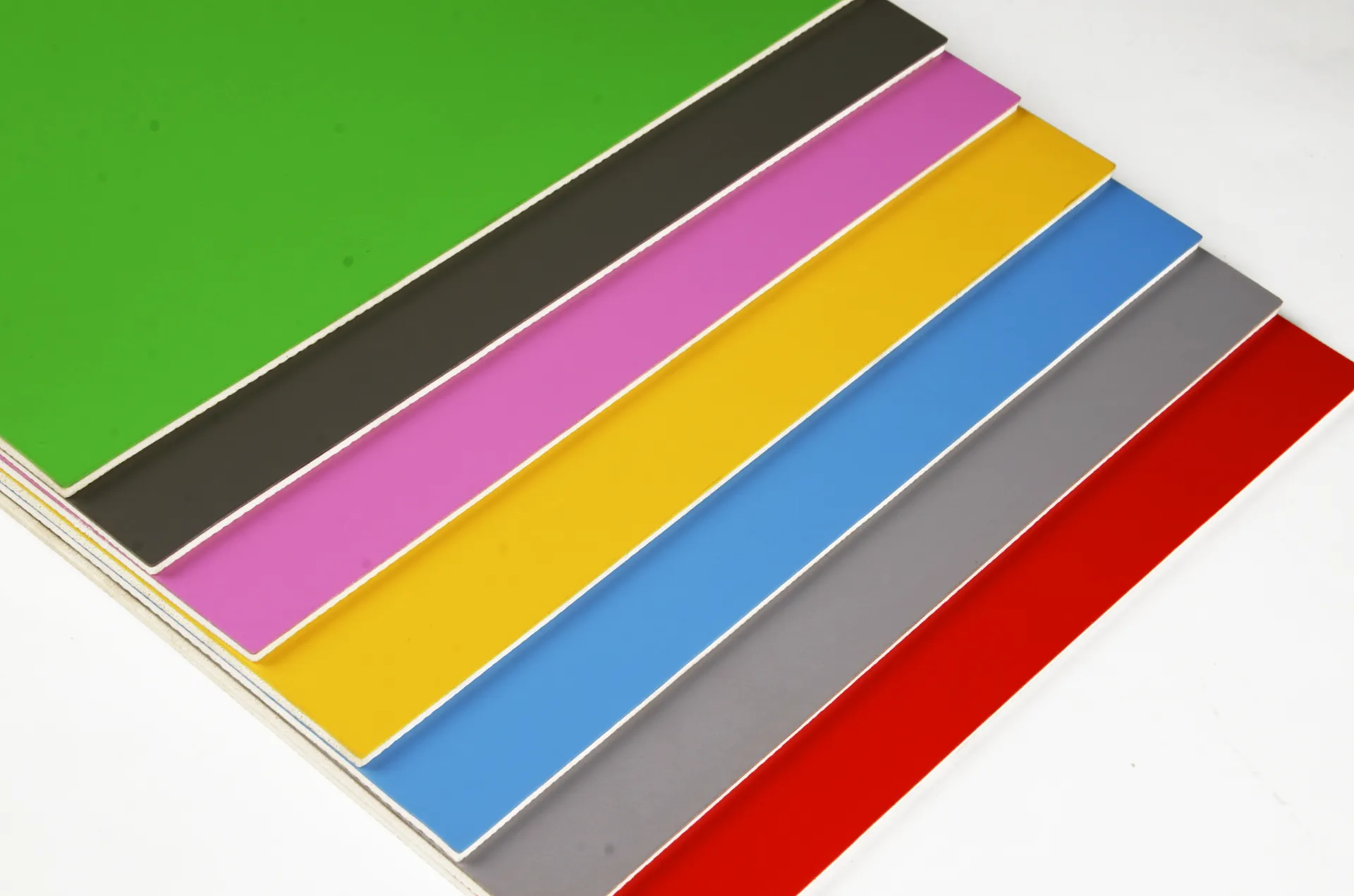Innovative Outdoor Flooring Solutions for Commercial Spaces to Enhance Aesthetics and Durability
Exploring the Benefits of Commercial Outdoor Flooring
When it comes to designing commercial outdoor spaces, choosing the right flooring is crucial. The flooring not only contributes to the aesthetic appeal of the area but also to its functionality and durability. Commercial outdoor flooring refers to materials specifically designed to withstand the rigors of outdoor environments while providing a safe and attractive surface for both customers and employees. This article explores various types of commercial outdoor flooring, their benefits, and considerations for selecting the right option for your space.
Types of Commercial Outdoor Flooring
There are several types of flooring materials suitable for commercial outdoor use, each offering unique features and benefits.
1. Composite Decking Made from a blend of wood fibers and plastic, composite decking is designed to mimic the appearance of natural wood while offering enhanced durability. It resists moisture, insects, and fading, making it an ideal choice for restaurants, cafes, and other outdoor venues.
2. Pavers Available in various materials such as concrete, brick, and stone, pavers are highly versatile and can be customized in different shapes, colors, and sizes. They are perfect for creating unique patterns and designs in outdoor plazas, walkways, or patios.
3. Rubber Flooring This non-slip option is excellent for high-traffic areas such as playgrounds and fitness centers. Rubber flooring is shock-absorbent, reducing the risk of injuries from falls, while also providing noise reduction and easy maintenance.
4. Natural Stone Options like granite, slate, and limestone offer a classic and elegant look for outdoor spaces. Although typically more expensive, natural stone is durable and can withstand various weather conditions, making it a worthwhile investment for commercial properties aiming for a prestigious appeal.
5. Concrete Known for its strength and resilience, concrete can be treated and stained to achieve aesthetic effects that mimic more expensive materials. Its longevity and low maintenance make it a practical choice for various outdoor settings, from sidewalks to parking lots.
Benefits of Commercial Outdoor Flooring
Selecting the right commercial outdoor flooring comes with several advantages
commercial outdoor flooring

- Durability Outdoor flooring must withstand harsh weather, foot traffic, and other environmental factors. High-quality materials ensure longevity, reducing the need for frequent replacements or repairs.
- Safety Many commercial outdoor flooring options are designed with slip resistance in mind, ensuring safety for customers and employees
. This is especially critical in areas prone to moisture, where slips and falls can occur frequently.- Aesthetics The right flooring can significantly enhance the visual appeal of an outdoor space, creating an inviting atmosphere that draws customers in. With countless design options, businesses can align their flooring with their brand identity.
- Sustainability Many modern flooring materials are eco-friendly, made from recycled materials or sustainably sourced products. Opting for sustainable flooring can bolster a business’s commitment to environmental responsibility.
Considerations for Selection
When choosing commercial outdoor flooring, several key factors should be considered
- Location and Climate Assess the specific environmental conditions the flooring will face, including precipitation, temperature extremes, and UV exposure.
- Traffic Levels Higher traffic areas will require more durable materials that can withstand wear and tear.
- Design and Function Consider how the flooring will integrate with the overall design of the space and its intended use.
In conclusion, commercial outdoor flooring is a significant investment for any business. With a variety of options available, it is essential to carefully consider the unique needs of your space to ensure that the selected flooring not only looks great but also stands up to the demands of outdoor durability and safety. By making informed choices, businesses can create outdoor environments that are functional, attractive, and conducive to customer satisfaction.
-
SPC FlooringJun.24,2025
-
Bathroom Wall CoveringsJun.24,2025
-
Why Dry Back LVT Flooring Is the Smart Choice for Modern InteriorsJun.05,2025
-
Transform Your Interiors with Elegant Luxury Vinyl Flooring OptionsJun.05,2025
-
The Rise of SPC Vinyl Flooring: A Modern Solution for Durable and Stylish SpacesJun.05,2025
-
Click LVT Flooring: The Perfect Blend of Style, Strength, and SimplicityJun.05,2025




